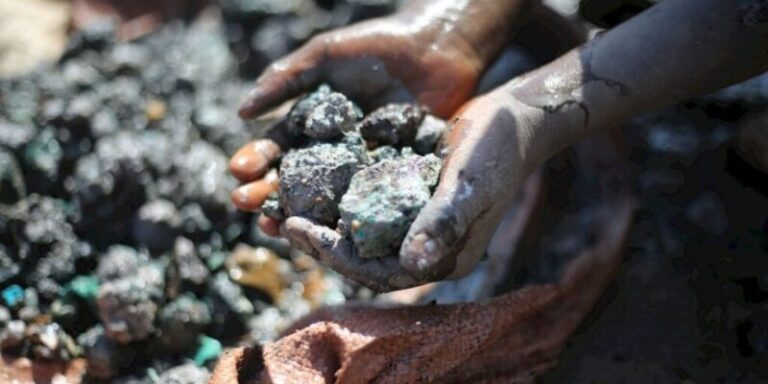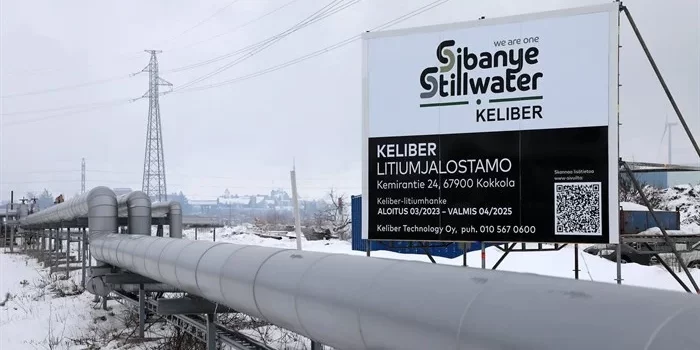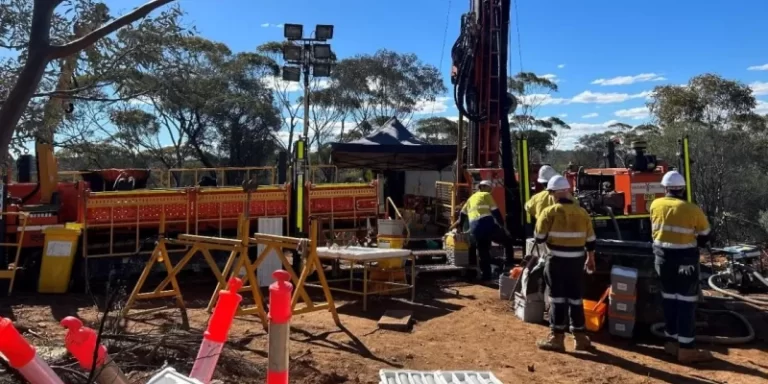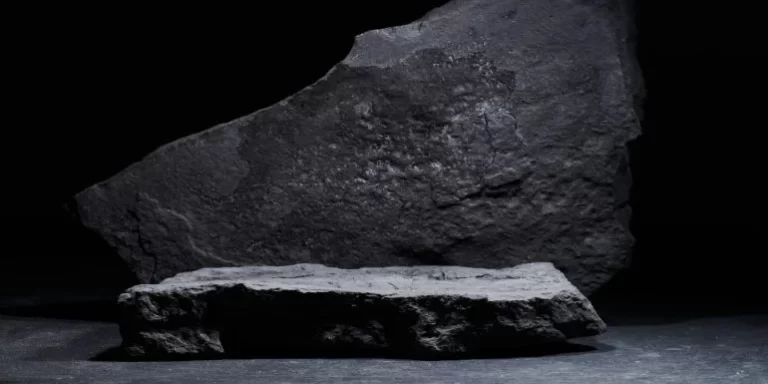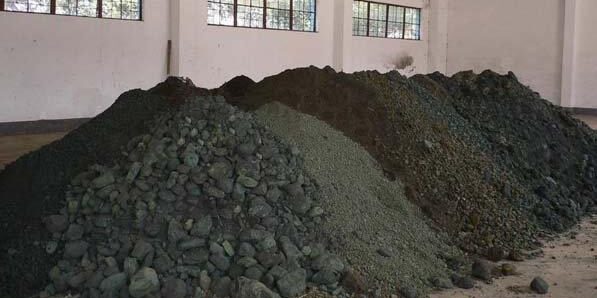
Cobalt is a vital metal for the production of batteries, especially for electric vehicles and other renewable energy technologies.
Africa is home to some of the world’s largest cobalt reserves and projects, mainly concentrated in the Democratic Republic of Congo (DRC). And trading house Trafigura Group Ltd. has agreed to fund the development of two cobalt projects in the DRC after prices of the key battery metal more than doubled last year.
The deal involves a $600 million investment in Mutoshi and Kisanfu, two mines operated by Chemaf SARL, a subsidiary of Shalina Resources Ltd.
The agreement will give Trafigura access to 40,000 metric tons of cobalt per year, equivalent to about 18% of global supply in 2021. Another major cobalt project in the DRC is Mutanda Mining, one of the world’s biggest cobalt mines, owned by Glencore Plc.
The mine was idled in 2019 due to low cobalt prices and high taxes, but Glencore announced plans to reopen it by the end of 2021.
The mine has an annual production capacity of 110,000 tons of copper and 24,000 tons of cobalt. Outside the DRC, there are also some promising cobalt projects in other African countries.
For example, Huayou Cobalt Co Ltd., one of the world’s biggest cobalt producers, has started trial production at its Arcadia lithium mine in Zimbabwe, which also contains significant amounts of cobalt, according to Reuters.
The Chinese company acquired Arcadia from Australia-listed Prospect Resources and its Zimbabwean partners in a $422 million deal completed in 2022. Huayou also invested $30 million in a joint venture with Namibia Critical Metals Inc. to explore and develop a cobalt-copper project in Namibia.
These are some of the major cobalt projects in Africa as of 2023. Cobalt is expected to remain in high demand as the global transition to clean energy accelerates and new technologies emerge.


